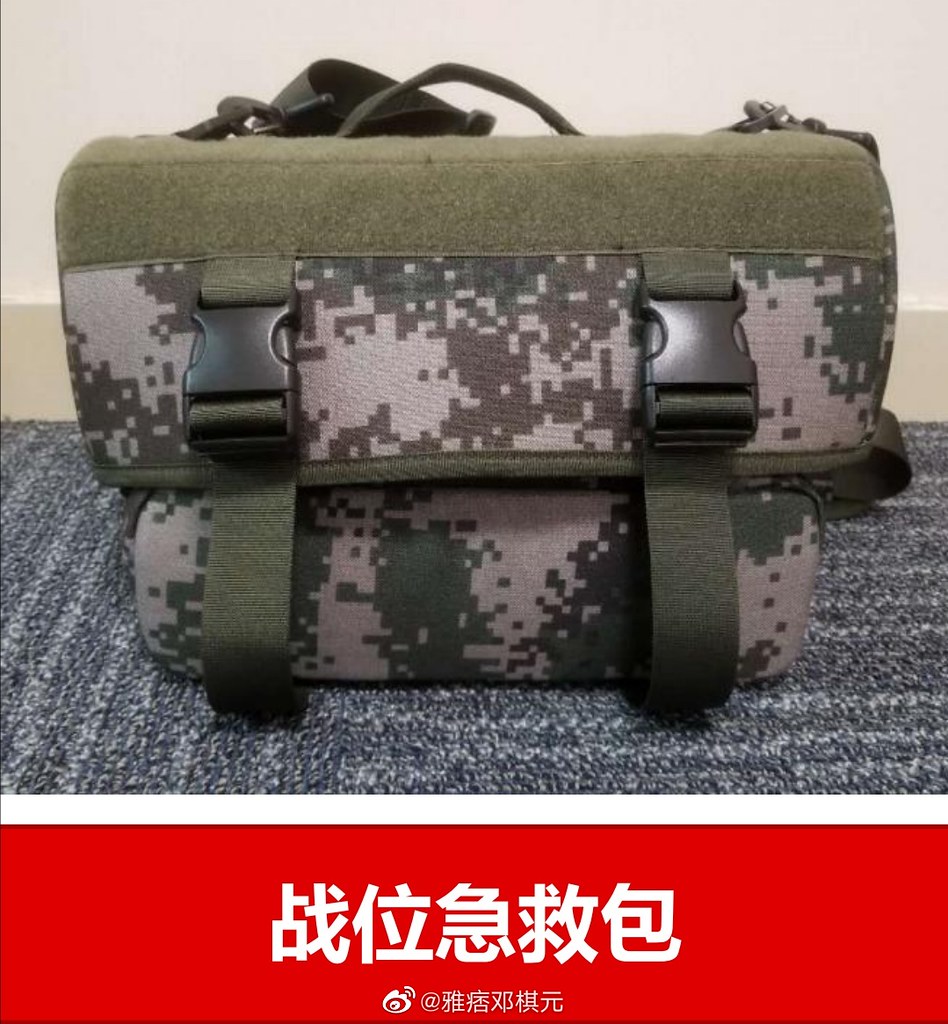by78
General
Being wired showed how silly of a decision it was to have them, as the benefits over far cheaper ear cup designs are significantly reduced with a wired design. Furthermore, you add a lot of potential issues like having the wires getting snagged and the ear buds getting pull out of your ear at a bad moment.
Wireless buds are far easier to lose than wired buds. Cable management is simple in this case. Wear the IEMs over-the-ear – which has the added benefit of helping seat the IEMs securely – and then route the cables under the helmet straps. It's really simple. Millions of people have worn wired IEMs or IEM-style hearing protection while exercising and working. You are making a mountain out of a molehill.
As for making it cheaper using off the shelf tech, well that’s not as clear cut as you seem to think. Commercial grade electronics are not made to military specs, so it’s highly questionable if a earbud made with off the shelf components would be suitable/effective and or even survive shooting range convictions, never mind military specifications.
There are plenty of OTS commercial products being used by militaries around the world, and plenty have been used with minimum modifications. It all depends on the application, namely how close military requirements are to their civilian counterparts in use scenarios. China can easily source a ruggedized version of something as simple as TCAPS buds, which will be worn by soldiers, not fired out of a howitzer.
For example, it would not be a great idea to take your AirPods as earpro when going to a gun range, because they were not designed for that level of noise. The onboard mic might be degraded and damaged from prolonged exposure to such high noice levels, and the active noise cancellation is unlikely to be anything like effective enough at cancelling out weapons fire.
Most commercial microphones (dynamic) – even the ones in AirPods – can stand a minimum of 150dB. I don't see how that's a problem. To realistically damage a tiny microphone you would have to be standing close to an explosion, at which point, you have bigger things to worry about than taking care of your earbuds. The active noise cancellation is not for cancelling out gun fire; it's for further damping gun fire sounds that make it past the passive protection of the deeply-inserted earbuds, which double as .
But the most fundamental issue isn’t whether China could make these or make it for significantly cheaper (China can on both accounts), but rather on why you would want to spend all that money to design and field something that will still be 10s to 100s of times as expensive as ear cup designs or just moulded plastic earplugs like what the PLA is fielding.
This feels like a classics case of a solution looking for a problem, or maybe someone with political connections wanted to turn a failed commercial venture into a cash cow by hopping on a government grave train.
Passive earplugs or cups are great for artillery men, but what about infantry men? They are often on foot, running, jumping, and kicking down doors and looking for enemies. What do you do everytime you need to hear something in the environment, such as a door being opened, or approaching footsteps, or a command from a superior officer being shouted? Between taking in sonic cues and pulling the trigger, you don't have time to fiddle with your hearing protection. That's why these TCAPS buds are actually a neat idea. They are light, easy to drive, and fuss-free.
Last edited:

















